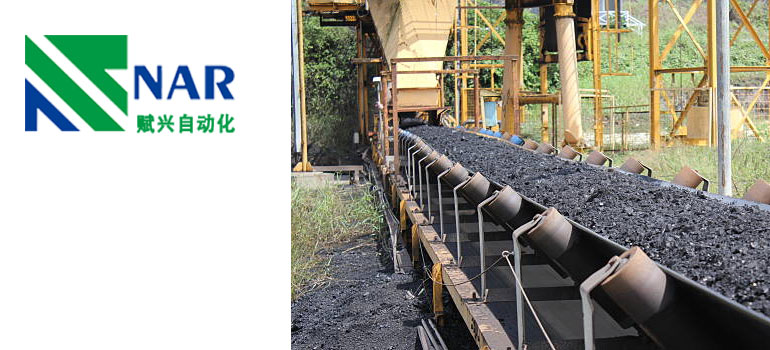Summary:
What problems will be caused by the misalignment of conveyor idlers?
What are conveyor idlers?
What problems will occur to the conveyor idler
Reasons for deviation of idler
Influence of misalignment of conveyor idlers
When the conveyor idler is misaligned, slippage will occur between the belt and the roller, resulting in a brighter roller surface. At this time, the conveyor idler needs to be repaired.
Whether the alignment problem of the conveyor idler is large or small, it will affect the belt load to varying degrees and lead to increased power consumption of the drive motor.In addition, it will cause the conveyor belt to run away and accelerate the wear of the conveyor belt.
The following will take you to understand the problems and measures caused by misalignment of conveyor idlers.
What are conveyor idlers?

Conveyor idler is one of the important components of conveyor. Install according to different belt conveyor models. It is mainly used to support the belt and bear the weight of the load on the bearing side. On the return side, the belt has no load. The center bearing has the largest load and has great advantages for idler alignment.
For the carrier roller on the groove, the general groove angle is 35 degrees. The centering idler is used to correct the excessive deviation of the conveyor belt during operation, so as to ensure the normal operation of the conveyor.
What problems will occur to the conveyor idler?
Each idler group has its own alignment, and misaligned idlers will cause serious losses. To avoid this, the axis of the drum must be perpendicular to the belt centerline. If the rollers are not aligned, the belt will slip and rub against the rollers.
Three common deviations are as follows:
Angle deviation
Where the idler shaft of the conveyor is not completely 90 ° from the belt movement direction, this will cause the belt to slip on the drum, resulting in problems with the polished appearance.
Any angle deviation will cause the idler to deviate from the belt, thus increasing the friction and power demand on the conveyor system.
Center deviation
The center of the conveyor idler deviates from the center of the belt, resulting in a height difference between the left and right sides of the belt, and the guide roller will accelerate the wear of the belt edge.
Vertical deviation
When one side of the idler group is higher than the other, this can cause material spillage problems. Where there are guide rollers, the higher belt will push these guide rollers, resulting in less sliding between the belt and the roller and faster wear.
The vertical direction of the idler group deviates, which affects the conveyor in terms of idler load change and belt tracking.
Reasons for deviation of idler
There are three reasons for the deviation of idler:
The structure is impacted. Due to different environments, the angle of the idler will be affected and the load of the motor will be increased.
Excessive return of the conveyor belt. Excessive return transportation will damage the return idler
Whether the idler group of the conveyor belt has been removed. When replacing the bearing, there will be deviation
Influence of misalignment of conveyor idlers
The deviation of the conveyor idler will increase the wear of the belt. Slight deviation of single idler in angle deviation will cause friction, thus increasing the load of motor. However, for long distance conveyors with two or fewer idler deviations, the impact is small.
Misalignment of idler will have a significant impact on the motor power required by the conveyor and the belt strength required to carry the tension.
When the conveyor is put into use, it is difficult to position the idler perfectly. The key is to orient it relative to the edge of the belt rather than the structure (which may not align with the belt). For troughed idlers, focus on the center carrier roller rather than the side ones, even if this is the most difficult to position.
If not solved, the misalignment of the conveyor idler will become very expensive. The biggest problem is the increased energy consumption of the drive motor. Other factors are faster belt wear and higher loads on the gearbox/reducer. Inevitably, these will lead to the need for maintenance faster than in other situations.

